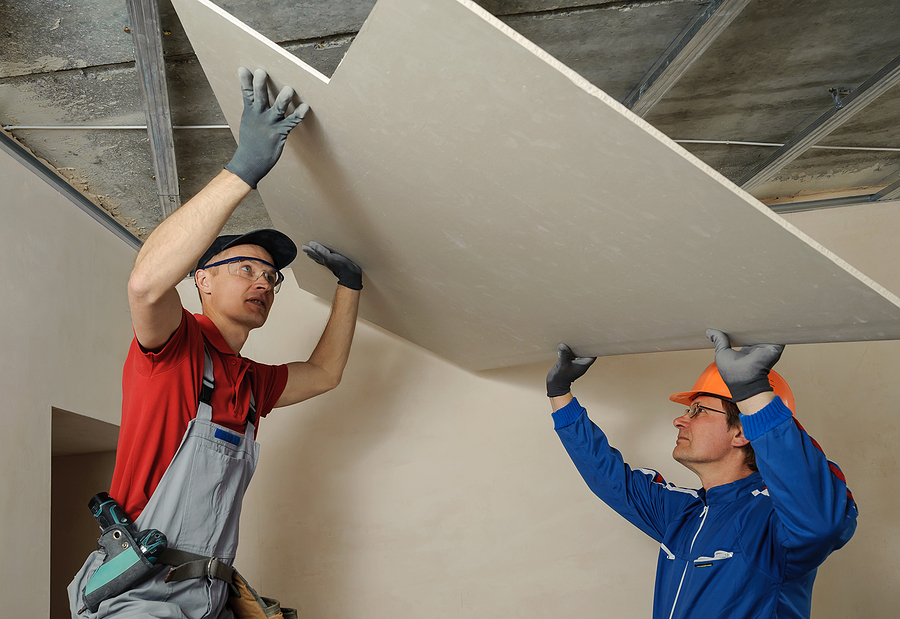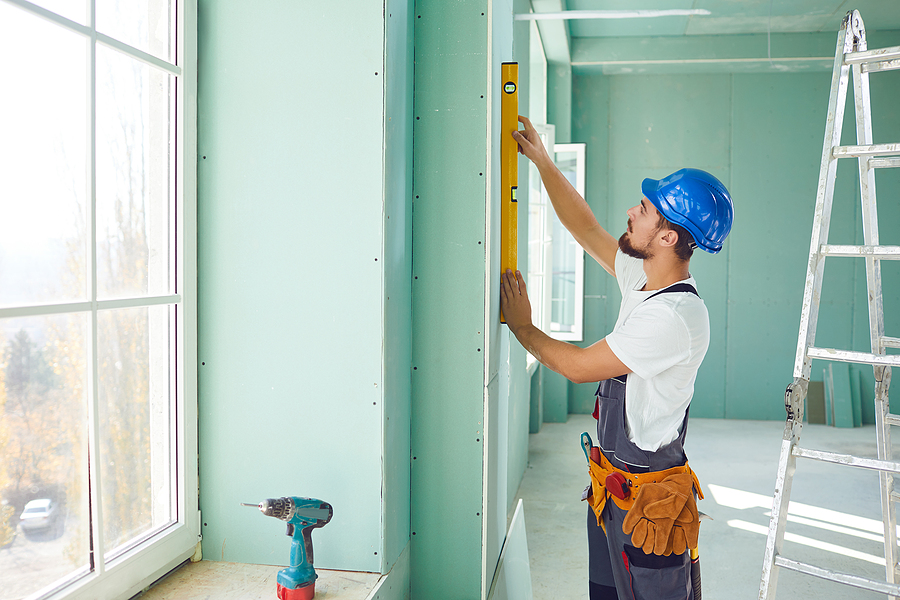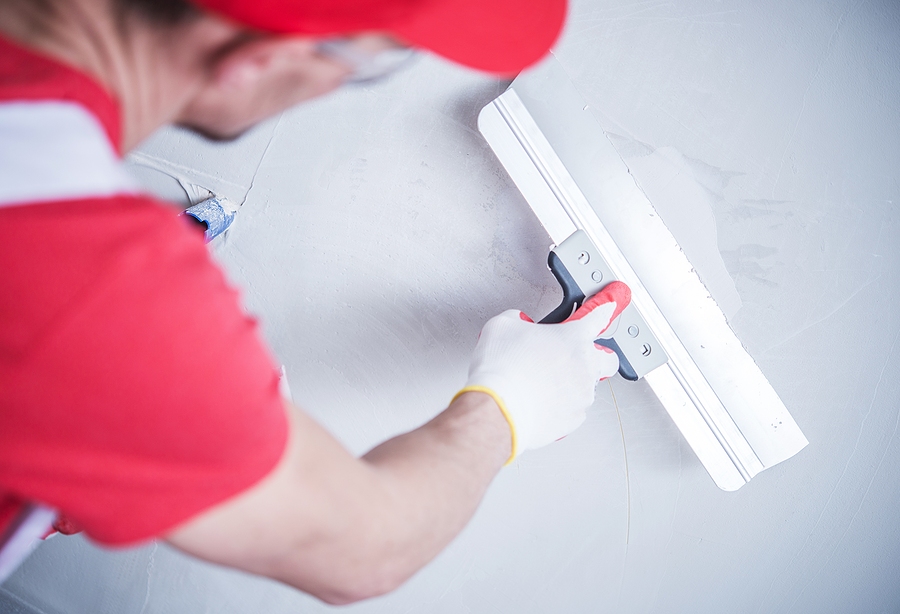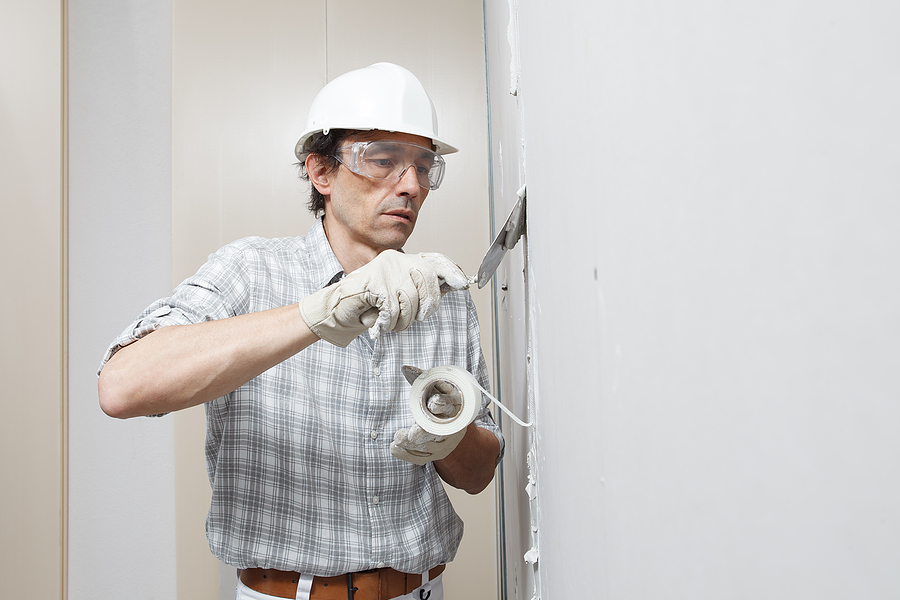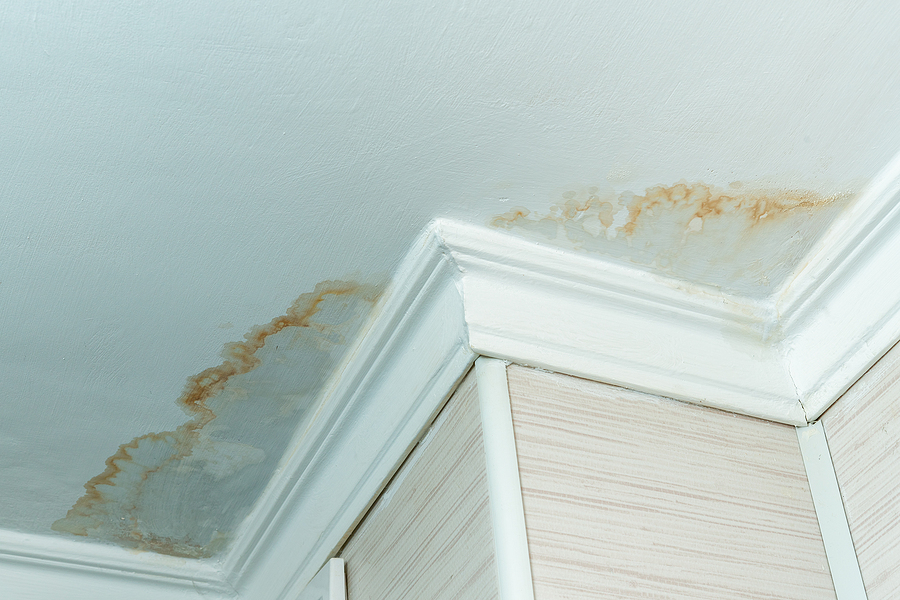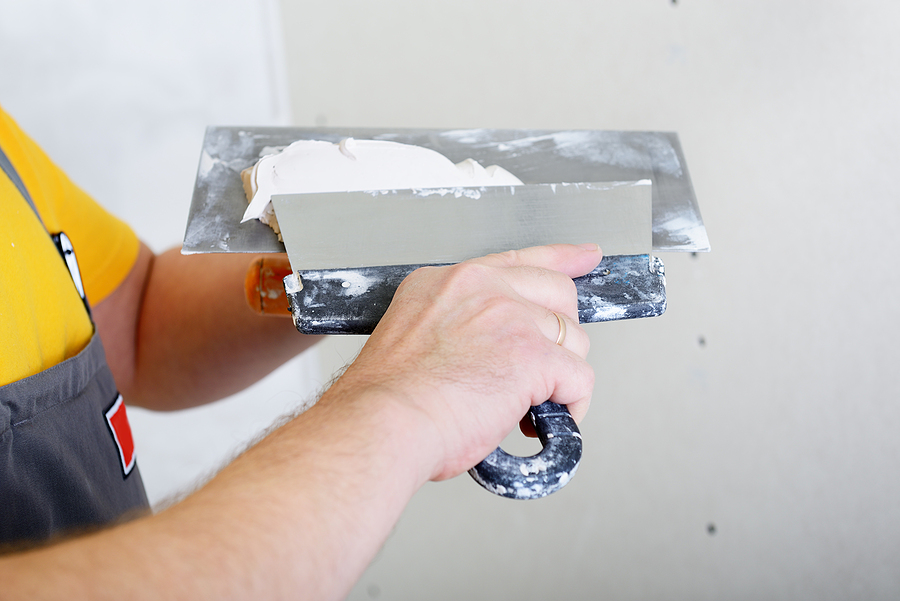Choosing the right ceiling solution for your space can feel overwhelming, especially when faced with so many options. Drop ceilings—also known as suspended ceilings—represent one of the most popular choices for both commercial and residential applications. These secondary ceiling systems hang below your main structural ceiling, creating a functional barrier that conceals utilities while providing aesthetic appeal.
Whether you’re a homeowner planning a basement renovation, a business owner updating office space, or a property manager maintaining building infrastructure, understanding drop ceilings is essential. These versatile systems offer unique benefits that make them attractive for many situations, but they also come with considerations that might influence your decision.
This comprehensive guide examines everything you need to know about drop ceiling installation, benefits, maintenance requirements, and costs. We’ll explore different ceiling tile types, discuss professional installation considerations, and compare drop ceilings to alternative solutions. By the end, you’ll have the knowledge necessary to determine whether drop ceilings align with your specific needs and budget.
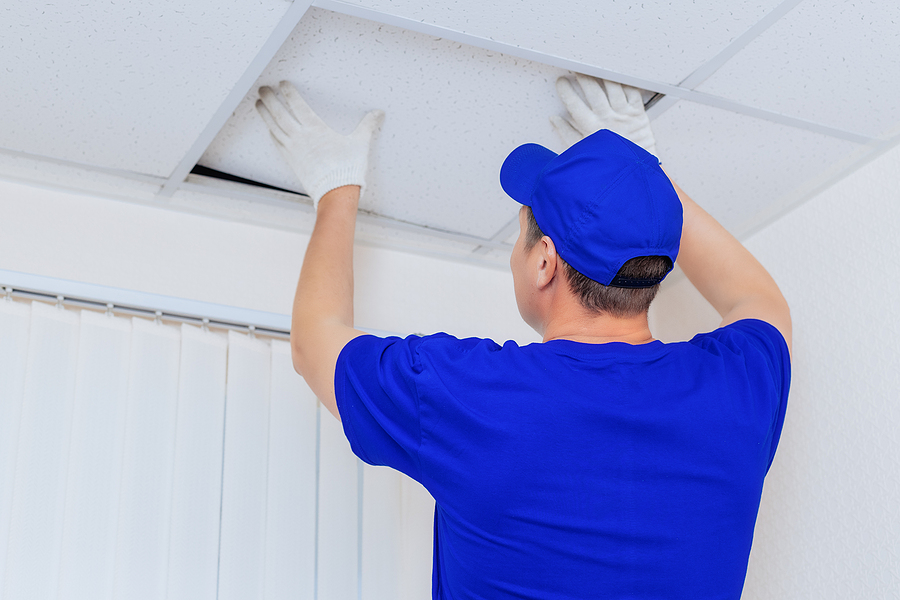
Advantages of Drop Ceilings
Drop ceilings provide numerous benefits that explain their widespread popularity across various applications. These advantages make them particularly appealing for spaces requiring both functionality and aesthetic improvement.
Easy Access to Utilities
Perhaps the most significant advantage of drop ceiling systems is the convenient access they provide to utilities. Unlike traditional drywall ceilings, drop ceilings allow easy removal of individual tiles to reach wiring, plumbing, and HVAC systems. This accessibility reduces maintenance costs and simplifies future upgrades or repairs. Property managers particularly appreciate this feature, as it eliminates the need to cut into drywall when addressing utility issues.
Superior Sound Insulation
Drop ceilings excel at reducing noise transmission between floors. The air gap between the suspended ceiling and the structural ceiling creates an effective sound barrier. This acoustic benefit proves especially valuable in office buildings, apartments, and multi-story homes where noise control is essential for comfort and productivity.
Fire Resistance Properties
Many drop ceiling tiles meet strict fire safety regulations, providing crucial protection in commercial buildings. Mineral fiber tiles, for example, often carry fire-resistance ratings that help buildings comply with local safety codes. This fire resistance can potentially slow the spread of flames and provide additional escape time during emergencies.
Aesthetic Enhancement
Drop ceilings transform unsightly structural elements into clean, finished spaces. They hide exposed beams, ductwork, and wiring while creating uniform, professional appearances. The variety of available ceiling tile types allows customization to match different design preferences and architectural styles.
Disadvantages of Drop Ceilings
Despite their many benefits, drop ceilings also present certain drawbacks that require careful consideration before installation.
Reduced Ceiling Height
Drop ceiling installation typically reduces room height by 6 to 12 inches, depending on the system design and utility clearance requirements. This height reduction can make rooms feel smaller and may not suit spaces with already low ceilings. Homeowners with standard 8-foot ceilings might find this particularly problematic.
Susceptibility to Water Damage
Drop ceiling tiles are vulnerable to water damage from leaks or high humidity. Water stains are difficult to remove, and severely damaged tiles require replacement. In humid environments or areas prone to plumbing leaks, this susceptibility can lead to frequent maintenance and replacement costs.
Limited Aesthetic Options
While drop ceilings offer improvement over exposed utilities, they may not provide the sleek, seamless appearance that some design preferences require. The grid system and tile edges remain visible, creating a distinctly commercial appearance that might not suit all residential applications.
Types of Drop Ceiling Tiles
Understanding different ceiling tile types helps you select the best option for your specific needs and budget.
Mineral Fiber Tiles
Mineral fiber represents the most common drop ceiling material. These tiles offer excellent sound absorption, fire resistance, and affordability. They perform well in most environments and provide good durability for the price point. However, they’re susceptible to moisture damage and may sag over time in humid conditions.
Fiberglass Tiles
Fiberglass tiles excel in moisture resistance, making them ideal for basements, bathrooms, and other high-humidity areas. They maintain their shape better than mineral fiber tiles and resist mold growth. However, fiberglass tiles typically cost more and may have lower fire-resistance ratings.
Metal Tiles
Metal ceiling tiles provide superior durability and moisture resistance. They’re easy to clean and maintain, making them popular in commercial kitchens and healthcare facilities. Metal tiles also offer unique aesthetic options, including various finishes and textures. The primary drawbacks include higher costs and potential sound reflection issues.
Wood Tiles
Wood drop ceiling tiles create warm, natural appearances that work well in residential and hospitality settings. They provide good insulation properties and can be painted or stained to match specific design schemes. However, wood tiles require more maintenance, cost significantly more, and may not meet fire safety requirements in commercial buildings.
Contact Us for Professional Drywall Installation Today! ✅
Ceiling Tile Installation Considerations
Proper drop ceiling installation requires careful planning and attention to detail. While some homeowners attempt DIY installation, professional installation often ensures better results and code compliance.
Planning and Measurement
Accurate measurements and planning are crucial for successful installation. The process involves determining proper ceiling height, locating utilities, and calculating tile quantities. Professional drywall contractors bring expertise in handling these calculations and can identify potential complications before they become problems.
Grid System Installation
The suspended ceiling installation process begins with mounting the perimeter tracks and installing the main grid runners. Cross tees connect to create the tile-supporting framework. This step requires precise leveling to ensure the finished ceiling appears even and professional.
Code Compliance
Professional installers understand local building codes and fire safety regulations. They ensure proper clearances around utilities, adequate ventilation, and compliance with electrical codes. This expertise helps avoid costly corrections and potential safety issues.
Suspended Ceiling Maintenance and Care
Regular maintenance significantly extends the lifespan of drop ceiling systems and maintains their appearance.
Regular Inspection
Monthly inspections help identify problems before they become serious. Look for water stains, sagging tiles, or damage from impacts. Early detection allows for prompt repairs that prevent further deterioration.
Cleaning Procedures
Clean ceiling tiles regularly using soft brushes or damp cloths to remove dust and dirt. Avoid harsh chemicals or excessive moisture, which can damage tiles. Some tile types allow washing, while others require replacement when heavily soiled.
Prompt Repairs
Replace damaged or stained tiles immediately to maintain the ceiling’s integrity and appearance. Address any water leaks or moisture issues promptly to prevent extensive damage. Keep spare tiles on hand for quick replacements.
Ventilation Management
Ensure proper ventilation to prevent moisture buildup that can damage tiles and promote mold growth. Check HVAC vents and light fixtures regularly for proper operation.
Drop Ceiling Cost Analysis
Suspended ceiling cost varies significantly based on tile materials, room size, and installation complexity.
Material Costs
Basic mineral fiber tiles start around $0.50 per square foot, while premium options can exceed $5.00 per square foot. Metal and wood tiles typically cost more than mineral fiber or fiberglass options. Grid systems add approximately $1.00 to $2.00 per square foot to material costs.
Installation Costs
Professional installation typically ranges from $2.00 to $8.00 per square foot, depending on project complexity and local labor rates. Complex layouts, utility integration, and specialty tiles increase installation costs.
Long-term Value
Despite initial costs, drop ceilings can provide long-term savings through reduced utility maintenance expenses and potential energy savings from improved insulation. The easy access to utilities can significantly reduce repair costs compared to cutting through drywall ceilings.
Alternatives to Drop Ceilings
Several alternatives offer different aesthetic and functional benefits worth considering.
Drywall Ceilings
Traditional drywall provides seamless, finished appearances but offers limited utility access. They work well in residential settings where aesthetic appeal outweighs utility accessibility needs.
Exposed Ceilings
Exposed structural elements create industrial aesthetics popular in modern design. This option costs less initially but provides no utility concealment or sound dampening.
Tray and Coffered Ceilings
These architectural features add visual interest and perceived height but require significant construction work and higher costs.
Conclusion
Drop ceiling benefits make them excellent choices for many applications, particularly where utility access and sound control are priorities. They excel in commercial settings, basements, and multi-story buildings where their practical advantages outweigh aesthetic limitations.
However, spaces requiring maximum ceiling height or seamless appearances might benefit from alternative solutions. Consider your specific needs, budget, and long-term maintenance preferences when making this important decision.
For optimal results, consult with professional drywall contractors who can assess your space, recommend appropriate materials, and ensure proper installation that meets all safety codes and regulations.
Get a Free Estimate Today from qualified professionals to explore how drop ceilings might transform your space while meeting your functional and aesthetic requirements.
Related Post: A Complete Guide to Suspended Ceiling Repair

